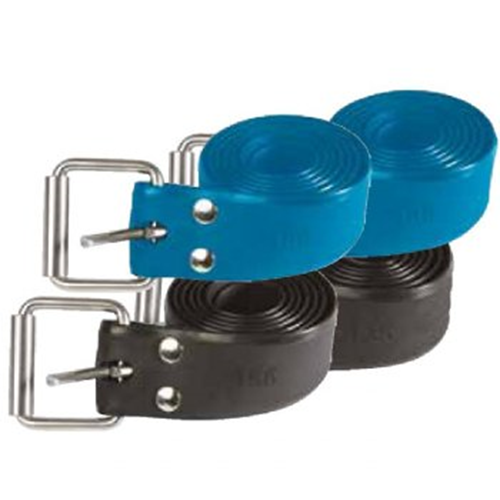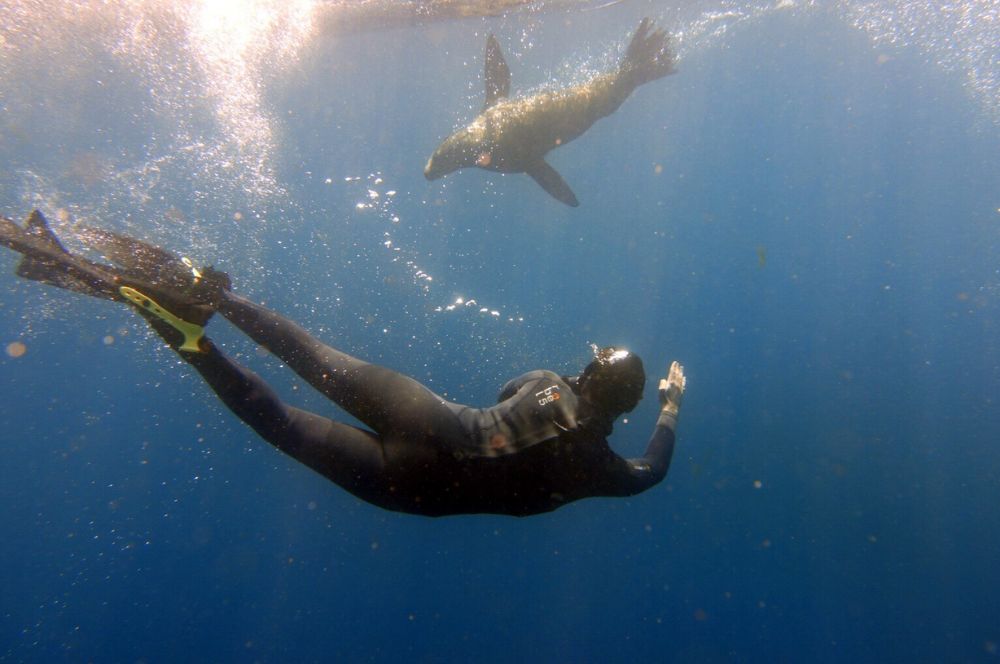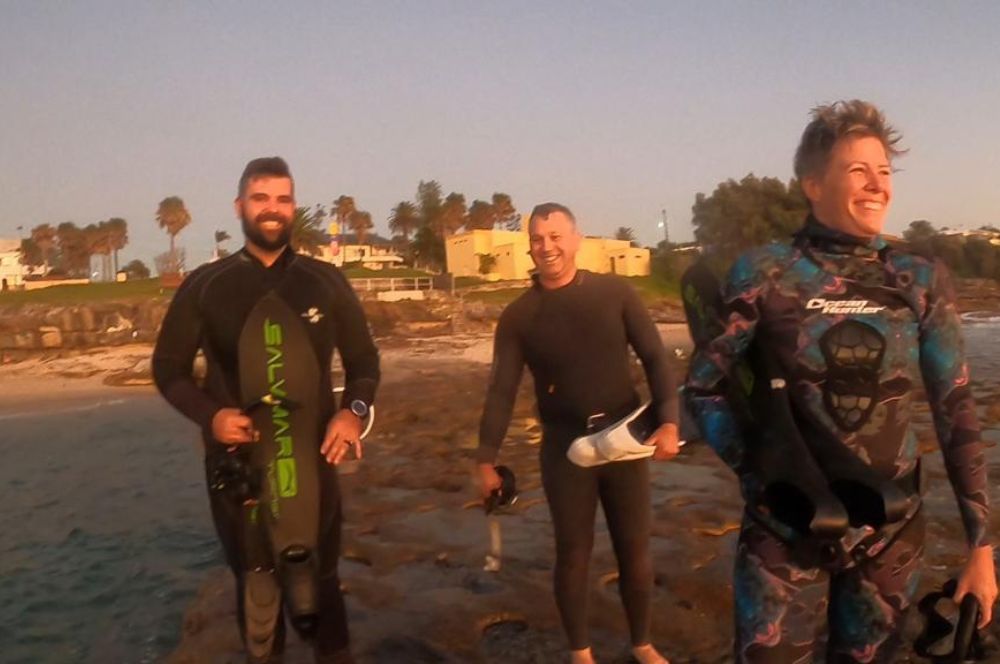You have 0 product(s) in your cart.
Abyss Scuba Diving

A weight belt is a standard piece of equipment for any Recreational Freediver. You may have seen many different types of weight belts and weight systems out there and you may have also noticed that Freedivers typically favour a rubber belt, rather than the traditional webbing belt we use in SCUBA.
The primary reason to wear a weights belt is to offset the buoyancy of the freediver and their exposure protection.
The primary types of weighting systems used by Freedivers are Weight belt, Neck weight and Weight Vests (more common in spearfishing and collecting). In this post, we will focus on weight belts specifically.
As we know from previous articles, a wetsuit makes you float or ‘positively buoyant’ due to the nature of the fabric neoprene. The simplest way to describe neoprene is rubber filled with tiny air bubbles. It’s these trapped air bubbles that make you float. A weight belt, off-sets this positive buoyancy is making it easier for you to descend and then stay down.
Let’s look at some of the key features of a Freediving weight belt.
The elasticity allows for a snug fit. When descending, a rubber belt will stay in place. A nylon belt will become loose the deeper you go and could fall to your armpits as you descend. Nylon belts become loose at depth because your open cell suit compresses and nylon does not.
If you wear a rubber weight belt correctly (on your hips and snug), the stretched rubber will compensate for the temporary loss in your diameter. Everything stays in place.
If you dive with a nylon belt now, you may have noticed your weight move. That is caused by the same shrinking suit phenomena. To correct this, use suitable equipment for the dives you wish to execute.
Freediving is about inward power, discipline, and control. If you’ve always wanted to enter the underwater world quietly, on your terms, staying as long as your breath allows, then freediving is for you.
RELATED POSTS
-
Sydney Freediving Guide | Beginner…

Sydney Freediving Guide…
First-Time Freediver in Sydney? Here's What You Need to Know Are you ready to embark on an unforgettable […] -
Mindfulness & Freediving: Discovering…

Mindfulness & Freediving:…
Mindfulness & Freediving: Discovering Peace Underwater Imagine diving into the ocean's depths, holding […] -
Freediving Fun: Getting Up Close and…

Freediving Fun: Getting…
Freediving Fun: Getting Up Close and Personal with Australia's Fur Seals If you're a thrill-seeker looking […] -
10 Stunning Shore Free Diving Spots…

10 Stunning Shore Free…
10 Stunning Shore Free Diving Spots to Explore in Sydney Sydney is a free diver's paradise, with many beautiful […]
Recent Posts






